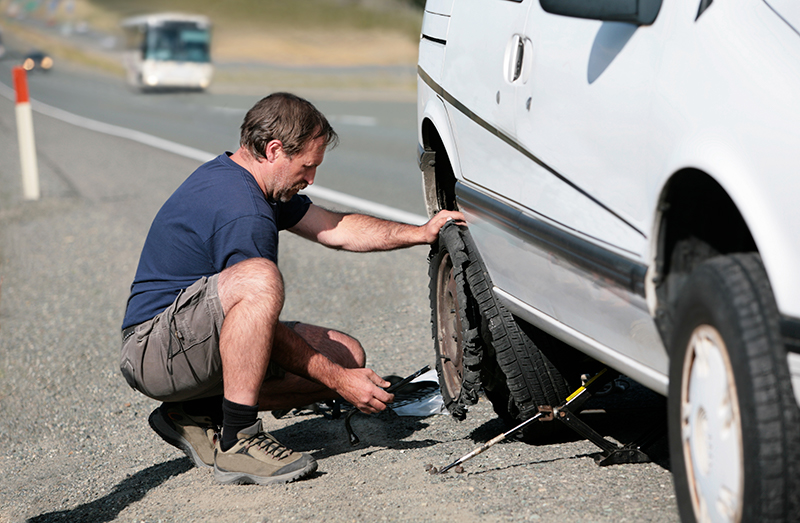Hey guys,
This information is pertaining to the MYP, if you have good information on the MY LR or MY AWD (standard range) that differs from this, please add to the data!
For the MYP, the front axle max load rating is 3004 lbs, and the rear axle max load rating is 3306. I am pretty sure (but not 100%) that this is based on the wheel load ratings on the factory 21" wheels. So, if you are going to get aftermarket wheels, and you want to be able to rotate them front to back you have to go with the most restrictive rating which would be for the rear axle, meaning that you have to have a minimum wheel load rating of 1650 lbs. Now, here is the wierd part... the tire load rating is NOT 1650 lbs! Because the MYP is considered and SUV your tire load ratings are reduced to 91% of whatever the load rating is on the tire... so for the MYP you need minimum load rating of 1814 lbs to meet the minimum of 1650 lbs (1814 x .91 = 1651)
Another thing, don't go by the "you have to have XL or HL load rating tires no matter what". Some SL (standard load) tires are just fine. I am looking for some narrow eco focused all season tires for road trips. I found some tires I really like, and was going to not purchase them because they had and SL load rating, but when I looked at the actual numbers, they were rated for 1929 lbs and 51 psi max pressure... well above the rating needed for my MYP. Some other tires I was thinking about (also listed as SL) have a max load rating of 1764 lbs and 51 psi max pressure... those ones I cannot use. The difference? The size! A 235/55/18 standard load is 1764 lbs max load. A 235/60/18 standard load is 1929 lbs!!! Makes ya think don't it?
Keith
PS: Why are wheels not .91% load adjusted but tires are?
This information is pertaining to the MYP, if you have good information on the MY LR or MY AWD (standard range) that differs from this, please add to the data!
For the MYP, the front axle max load rating is 3004 lbs, and the rear axle max load rating is 3306. I am pretty sure (but not 100%) that this is based on the wheel load ratings on the factory 21" wheels. So, if you are going to get aftermarket wheels, and you want to be able to rotate them front to back you have to go with the most restrictive rating which would be for the rear axle, meaning that you have to have a minimum wheel load rating of 1650 lbs. Now, here is the wierd part... the tire load rating is NOT 1650 lbs! Because the MYP is considered and SUV your tire load ratings are reduced to 91% of whatever the load rating is on the tire... so for the MYP you need minimum load rating of 1814 lbs to meet the minimum of 1650 lbs (1814 x .91 = 1651)
Another thing, don't go by the "you have to have XL or HL load rating tires no matter what". Some SL (standard load) tires are just fine. I am looking for some narrow eco focused all season tires for road trips. I found some tires I really like, and was going to not purchase them because they had and SL load rating, but when I looked at the actual numbers, they were rated for 1929 lbs and 51 psi max pressure... well above the rating needed for my MYP. Some other tires I was thinking about (also listed as SL) have a max load rating of 1764 lbs and 51 psi max pressure... those ones I cannot use. The difference? The size! A 235/55/18 standard load is 1764 lbs max load. A 235/60/18 standard load is 1929 lbs!!! Makes ya think don't it?
Keith
PS: Why are wheels not .91% load adjusted but tires are?



